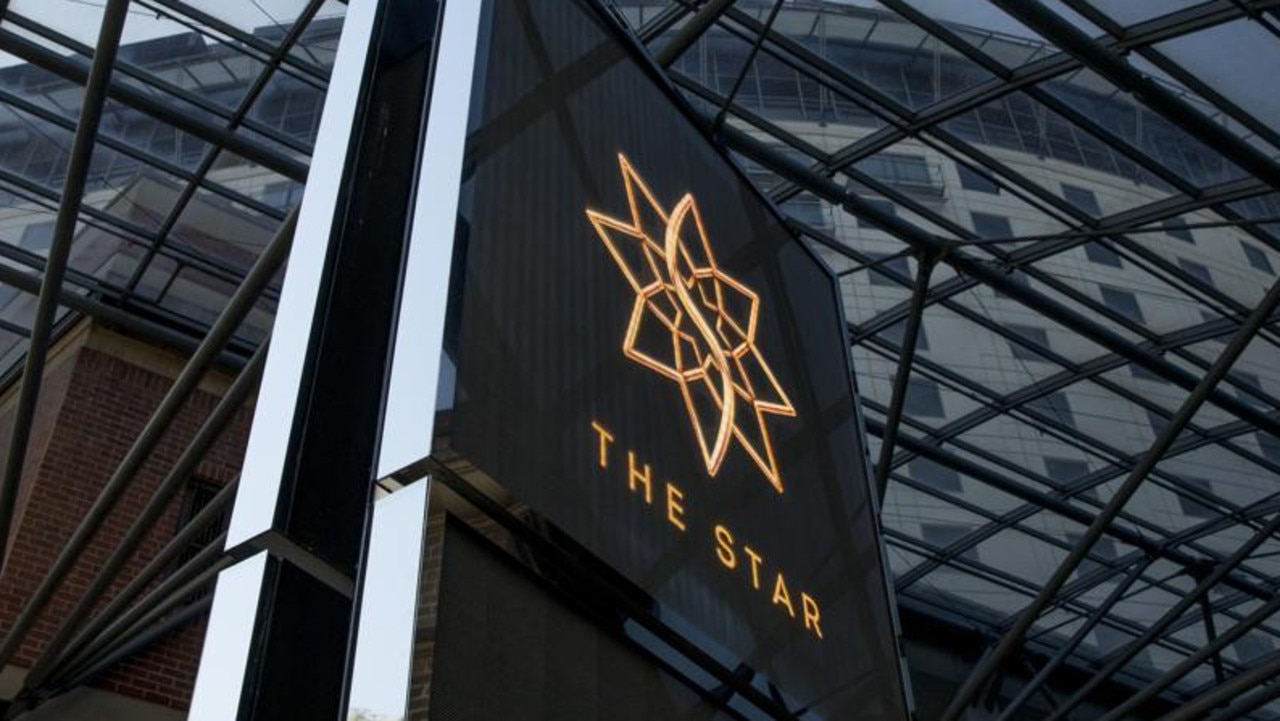Canva, Atlassian billionaires join Turnbull in solar hopeful
SunDrive, the start-up hoping to replace silver elements in solar cells with cheaper copper, has drawn the support of heavyweight investors as it raises $21m.

SunDrive, the start-up hoping to replace expensive silver elements in solar cells with cheaper copper, has drawn the support of heavyweight investors as it raises $21m in new funding.
Atlassian CEO Mike Cannon-Brookes, Canva founder Cameron Adams, former PM Malcolm Turnbull and Tesla chairman Robyn Denholm are on board.
SunDrive CEO Vince Allen looks to have cracked the most serious growth problem for the industry – how to replace silver with copper. “There is a misconception that solar is solved,” Allen says. “Only 1 per cent of the world’s energy is met by solar and today’s technology is already at its limits in terms of efficiency, cost and scalability, and silver is behind all three of these limitations.”
Australia invented the technology behind 90 per cent of the world’s solar power, but lost most of the value add to China – $50bn a year in annual sales.
Allen believes Australia has the potential to be a solar manufacturing powerhouse. The country has competitive superiority in tech know-how and in the three essential material inputs: copper, silica and aluminium.
“It is so great to see a start-up making such bold and ambitious steps towards the renewable energy future that our planet needs,” says Canva’s Adams, who invests with wife Lisa Miller. “Coupled with their desire to develop full production facilities here on our shores, it’s a double win: one for Australia, and one for the world.”
Turnbull says SunDrive’s innovative technology enabling the use of copper instead of silver is a potential game-changer. Russia’s grip on Europe through gas supply has highlighted Australia’s reliance on China for solar panels as it shifts to more renewables.
This week, Energy Minister Chris Bowen renewed his calls for Australia to build sovereign capability through its own solar power manufacturing. The Series A funding is a critical milestone for Allen, an engineer who bailed out of his PhD at UNSW to found the business with fellow student David Hu in his garage.
In September last year, SunDrive’s patented technology, which sees copper instead of silver as the conductive material to pull electrical current from the cells, set a record.
“SunDrive officially made the most efficient commercial-sized solar cell. The previous world record efficiency was held by one of the big overseas solar giants, with 50,000 employees and a market cap over $100bn,” Allen says.
Australia’s leadership in solar has enabled it to hold the efficiency record for 30 of 40 years. Allen had made a breakthrough with copper, which the sector has found so difficult to achieve. “A lot of companies had tried to solve this problem, a lot have invested very heavily to get copper-based solar cells and getting copper to stick. Addressing that was the core of my PhD,” he says.
Copper has very different properties to silver. It oxidises easily and, if exposed to air, it builds a layer of copper oxide. Typically, silver is screen-printed onto a solar cell, but it is difficult to apply screen printing to copper.
SunDrive uses electroplating where copper is pulled out of solution and deposited on the solar cell.
Serendipitously – by not completing his PhD on the process – Allen has avoided the need to make his findings public. That IP remains with SunDrive.
The series A funding for SunDrive is led by Main Sequence Ventures, the deep tech fund created by CSIRO to bridge the valley of death between research and commercialisation, and the government’s Clean Energy Finance Corporation, which put in $7m.
Also part of the raising is Blackbird Ventures, led by Niki Scevak. Her co-founder at Blackbird, Bill Bartee, is a veteran who helped build the venture capital ecosystem. He is now chief executive of Main Sequence.
“Copper is approximately a hundred times cheaper than silver, a thousand times more abundant, easier to recycle, and copper’s extraction and refinement produce about 90 per cent fewer carbon emissions when compared to silver,” Bartee says.
He points out that so far solar contributes 1 per cent of world energy but it is already using 20 per cent of the world’s industrial silver. “This has the potential to be one of the genuinely transformative moments in clean energy technology,” Bartee says.
Allen’s story is tightly bound up with solar development. The Sun King, Zhengrong Shi, was SunDrive’s first investor in 2015.
Shi gained a PhD at UNSW in 1992 and used his pioneering work in solar innovation to found Suntech – which became the world’s biggest solar company. He remains an adjunct professor at the university.
“I met Zhengrong through my PhD supervisor, the late professor Stuart Wenham, who was CTO of Suntech,” Allen says.
“Zhengrong came out and looked at the very basic garage set-up we had at the time.”
Shi sits on the board of SunDrive along with Allen and Hu and Blackbird’s Scevak. Denholm is an adviser to the board.
After the first funding round, Allen and Hu moved out of the Sydney garage to Wollongong and a small warehouse.
In 2018, Cannon-Brookes was an early investor with Blackbird and in 2020 it raised a further $8m, joined by a $3m commitment from the government’s Australian Renewable Energy Agency. SunDrive moved to a facility in southern Sydney.
Having now raised another $21m, which Blackbird and Cannon-Brookes supported, Allen says the goal is to build out a large-scale pilot production line and scale up manufacturing. The two co-founders and Hu retain about 30 per cent of the business.
Allen cites a report that concludes Australia needs 1900GW of solar to achieve net zero emissions. “It needs 70 times more solar … and Australia can look beyond that to help other countries get to net zero, but it’s imperative that Australia has greater supply chain capability to go after such an audacious goal,” Allen says.
Cannon-Brookes presents opportunity for Allen with the $35bn Sun Cable power export project, which he now chairs. The target date to supply electricity to Darwin is 2027, and up to Singapore by 2029. It is a fitting time frame for SunDrive.
Allen says he wants to put panels in farms across Australia and he is hopeful that a like-minded government will follow the US.
“The new Inflation Reduction Act has provisions where manufacturers get production credits depending on how much of the upstream manufacturing value chain they actually manufacture,” he says.
Whatever policies a government implements, Allen says it should build on the strengths of the nation. For Australia, those strengths lie in solar R&D and its natural minerals and resources.






